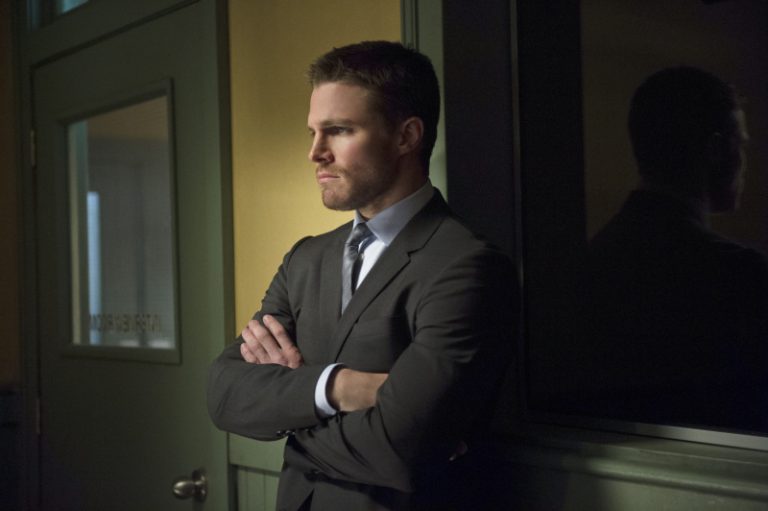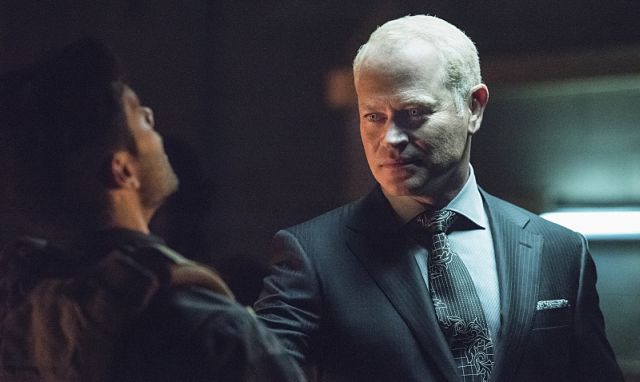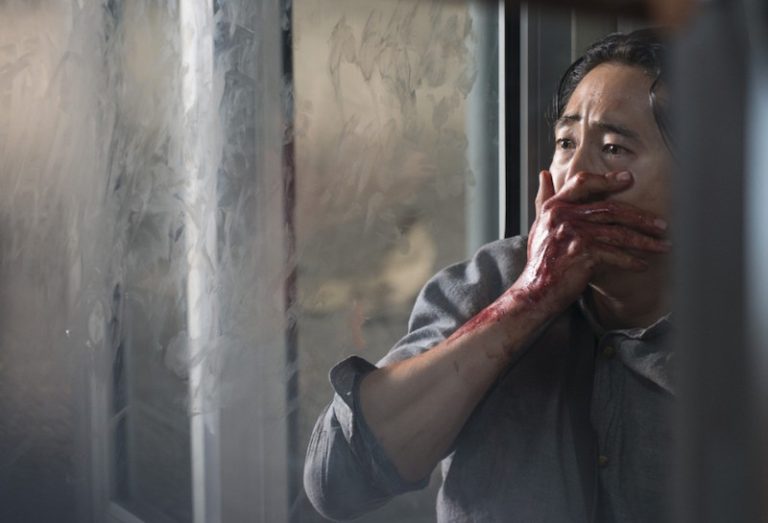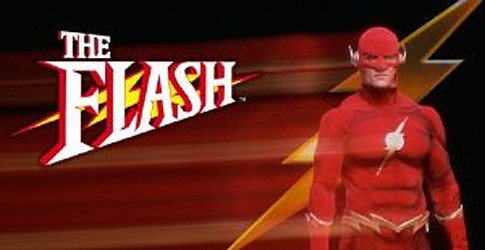Why You Should Be Watching The Vampire Diaries
Part Two: Stefan Salvatore – A Man for All Seasons

In part one of this essay, I used Elena Gilbert as a symbol for a few motifs in the Vampire Diaries: coming of age, mirror/doubling, and her story’s connection to Mystic Falls unraveling secret history. In this part, I’d like to take the opportunity to exam how Stefan’s presence exposes more themes that the show has proposed to touch upon and/or explore.
In particular, Stefan’s character reveals a kind of masculine ideal that evokes characters like Jane Eyre’s Edward Rochester, Jude the Obscure’s Jude Fawley, and of course, the more recent, Twilight’s Edward Cullen. Stefan’s core characteristics include protectiveness, a quasi-shyness, and a strong moral center. Such personality traits portray Stefan’s humanity as prioritized over his vampire nature, and that is an important feature to note, since his brother, Damon, adopts the vampire as his operating persona. However, understanding Stefan’s personality rests on understanding his penchant for suffering, his need for forgiveness, and finally, his subdued optimism.
Stefan Salvatore, to this point, has been cast as the romantic lead male character. Stefan’s personality and interactions with other characters provide us, the audience, with a way to see how the male character is configured in comparison to the host of female characters that populate Mystic Falls. The show, so far, has explicitly placed Stefan’s character in opposition to Damon’s character. Perhaps this near mirroring acts as a blatant attempt to show how the brothers’ relationship directs many of the choices they make and have made, but this relationship is only part of the evolution that both characters have experienced over the life of the series.
Stefan’s evolution has been punctuated by how the show accents his history, before the turning and directly after, and that history demonstrates the animalistic nature Stefan engaged (and indulged) in when he first became a vampire. His initial “lusts” have led to the aftermath that we now see in his character. While his relationship with Damon greatly contributes to the way Stefan deals with other characters, his own sins are at the center of his characterization. He is a man who must confront and deal with the face in the mirror, a face that he loathes at times. During the first season, Damon is the trigger for these moments, because of their shared love of Katherine. (Side note here: the love triangles of The Vampire Diaries seem to be textbook cases of Eva Sedgwick’s theory of the homoerotic triangle – look it up; it’s fun). The triangle evokes the history, brings it back to the forefront, and with it comes the hungers and pains of Stefan’s continued denial of his vampire nature. This denial juxtaposes nicely to Damon’s hedonism, but as we find out in season two, Damon’s nature is a product not of his turning but of another traumatic (?) event that the series has yet to explore.
Stefan’s suffering, in the form of denial, can be read as an allegory in The Vampire Diaries. Such suffering is often a way to showcase the metaphysical points of a story. In this case, Stefan’s aged youth (he is a 150 year old teenager) emphasizes the eternalness of his pain and suffering. He can never not be a vampire, unless he dies. He will always feel the hunger and fight the cravings because for Stefan, the suffering is the humanity. His denial is his humanity.

Standing at the center of that denial is Stefan’s need for forgiveness, especially from his brother. As the series unfolds its version of the Salvatore history, we find out that Stefan committed two heinous crimes: he killed his father and he convinced his brother to become a vampire. As many of you probably know, I am a fan of Supernatural, and one of the things that I find interesting is the comparison between Stefan Salvatore and Sam Winchester. Both are younger brothers who are able to push their older brothers into decisions that may seem irrational, but in the end, these decisions are fed by an oddly tragic, yet somehow poetic love. In the first season episode “Blood Brothers” when Stefan delivers his “gift” of a hypnotized girl to Damon, he tells his brother, “I won’t let you die…..We can do this together.” The horrified Damon gives into the bloodlust, but only after Stefan’s urging, after his brother has offered up the one bargain Damon can’t refuse, the contract of brotherly devotion. Damon’s anger the next day is a re-awakening of the subdued jealousy and resentment that hid beneath that devotion, but as we see in the second season episode “The Dinner Party,” Damon charges Lexi to “Help him.”
But as we see time and again, Damon’s vulnerability and love happens in Stefan’s absence. Stefan only experiences Damon’s anger, even when Logan Fell tries to kill Stefan in “Lost Girls,” Damon says “If anyone’s gonna kill you, it’s gonna be me.” And even though the brothers’ relationship becomes more congenial as the series progresses, the tension over both Elena and Katherine keep them at a distance. The triangles, to a certain extent, are the bargaining grounds for their interaction. Their shared animosity and attraction for Katherine coupled with their shared protectiveness and affection for Elena bind them together in an unholy alliance, but for Stefan, these triangles are also a way to try to invoke that redemption for which he longs. There is a reason he keeps the portrait of Katherine, both as memento and ghost. There is a reason he loves Elena, both as lover and as savior. Perhaps somewhere in his unconscious, Stefan is trying to recreate the moments of his downfall so that he may find the strength to make better choices.
Stefan’s suffering and quest for redemption highlight the uniquely optimistic aspect of his character. In a landscape filled with monsters, demons, and other supernatural creatures that threaten the universe of The Vampire Diaries, Stefan’s basic humanity represents a hope for these creatures, for this character. His continued belief in love, in a future, stands in opposition to Damon’s cynicism and Elena’s nihilism. He centers the story as projection rather than regression, which makes him invaluable to the narrative. And the one time that he does give into the pain of his past and his bloodlust in “Blood Brothers,” his choice to move on is the choice to confront his past, not so much to let it go. It is interesting that final scene is Elena and Stefan focused, the scene begins with Damon’s renunciation of their brotherhood. In the end, the triangle creates the core character at the heart of The Vampire Diaries – the love for Stefan.
Stefan’s place as the central male character allows us to see the duplication of these themes in other males. Tyler, too, has started his struggle to deal with the dual nature of his humanity and his animal nature, which is augmented by the death for which he was responsible. Alaric as well must confront the echoes of his past and the world as it was, once optimistic and full of hope to the world as it is, a place filled with the unknown and with death. Jeremy, as the younger brother, shares Stefan’s innocence about the world, at least before the turning. And even though Jeremy has not turned, he has witnessed enough transformations around him that he has transformed as well, if only nominally.
Stefan’s nature and his place in the story give us a glimpse at how The Vampire Diaries imagines the strong male lead, but he also allows us to see the emerging nature of the monster. But to understand who and what the monster means to this world, we must turn to Damon Salvatore….the monster we love and hate to love. In the final part of this series, I will offer Damon up for the sacrifice of analysis.
Til next time, let life bite you hard.
{jcomments on}




